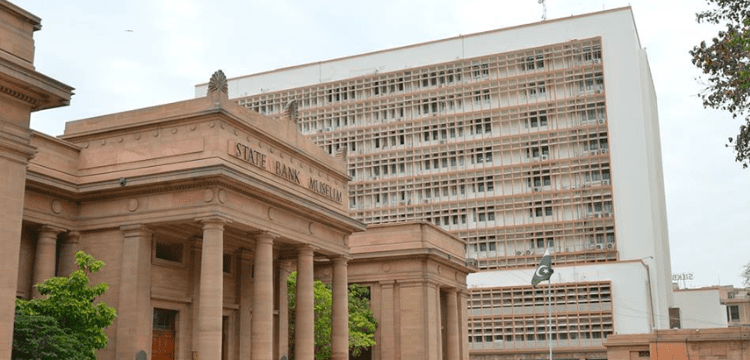[vc_row][vc_column][vc_column_text dp_text_size=”size-4″]The countries that prioritise growth at the expense of price and financial stability are not able to sustain growth and face repeated boom-bust cycles, says the annual report issued by the central bank recently.
The present government avoided focusing on growth for the fiscal year FY23 with the result that a steep fall in the growth is expected. But, even then it has failed to bring price stability along with financial stability.
“International experience has repeatedly shown that countries that prioritise growth at the expense of price and financial stability are not able to sustain growth and have repeated boom-bust cycles — rapid economic growth followed by a financial crisis,” says a special report of the SBP’s Annual Report.
In the report on ‘State of the Economy for the fiscal year FY22’, the SBP estimates that growth in FY23 would be lower than the low range set for the year. The growth rate will remain lower than 3-4 per cent.
The SBP avoided providing a new range for the growth rate but international credit rating agencies have been predicting it to hover around 2pc.
The sharp fall in growth has already resulted in heavy lay-offs from trade and industrial sectors with another big spell of retrenchments in the pipeline.
Textile millers, exporters and importers have been expressing grave concerns over non-opening of Letter of Credits that has crippled the business cycle.
Despite focusing on prices, inflation for the last five months is hovering around 25pc, worsening prospects for stability and growth. For trade and industries, it is hard to survive under the priorities that focus more on prices and less on growth.
“International experience has shown that price stability is a necessary condition for sustained growth and development,” underlined the SBP report, adding that countries where price stability is a primary objective tend to have lower inflation, as well as less volatility in both inflation and growth.
However, the Pakistani government has failed to achieve any one of these targets despite sacrificing the growth.
The SBP’s price stability objective is reflected in the government’s medium-term inflation target of 5-7pc.
Supply-side factors, such as changes in the price of energy and food, can be driven by both domestic and international developments. These factors can often be difficult to predict, said the report.
In forecasting the inflation, a number of assumptions have to be made and continually updated as more information comes in.
“In Pakistan, the coverage and timeliness of information needs improvement and there are often large revisions to ‘annual’ GDP growth estimates relative to provisional estimates. These, together with scarce availability of high frequency real sector data, complicate forecasting and real-time decision making,” read the SBP report.
It said that inflation forecasts also hinge on the outlook for international commodity prices and exchange rate developments.
Adopting price stability as the main objective of the central bank, while shifting to a market determined exchange rate is akin to shifting the nominal anchor in the economy from the exchange rate to an inflation target around which economic players are expected to centre their expectation and decisions, said the report.[/vc_column_text][/vc_column][/vc_row]











